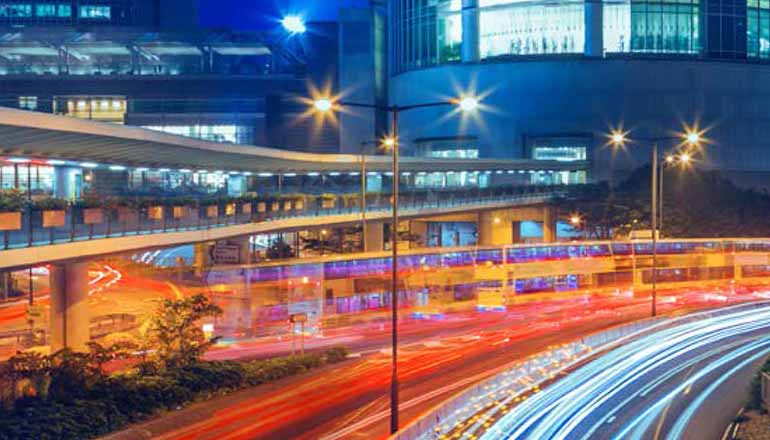Report: Local governments are satisfied with current hybrid work arrangement
As hybrid work practices enacted during the pandemic as emergency measures continue to solidify in the post-pandemic workforce, the public sector is embracing a changing digital landscape.
Overwhelmingly, 92 percent of decision-makers in federal, state and local governments say they’re satisfied with their organization’s current remote work arrangement, according to a new workforce report from Cisco, “Hybrid Work in Government.” This is good news for the sector, seeing as hybrid work is “predicted to continue within all levels of the government,” according to a statement from Cisco about the report, which was issued last month. Researchers polled 300 technology administrators and influencers in government from February to March. Cisco partnered with Market Connections on the study.
The change in workplace norms is being driven by factors both inside and outside the human resources department.
“The increased flexibility we now have to work from anywhere creates a much richer people-first experience,” wrote Marcus Moffett, chief technology officer and senior director of engineering and architecture for Cisco’s U.S. Public Sector organization. “What do we call this flexible, elastic, dynamic move to work from anywhere? ‘Hybrid Work’—but to be honest, it is my hope this label soon rides off into the sunset as we all settle into the new understanding that work can be done, literally, anywhere.”
In this new digital-first norm, there are clear benefits that local governments can leverage to entice talented employees. Flexible work opportunities mean less commuting. And less commuting means less out of pocket expenses, a better working environment, more time with family and flexibility for travel.
At a time when budgets are inflexible and the public sector can’t keep up with the private sector’s wage growth, a digital-first approach can greatly impact an organization’s ability to hire and retain employees.
For example, 64 percent of those surveyed in Cisco’s Hybrid Work Index, which is based on millions of aggregated and anonymous customer datapoints, “stated workplace flexibility determines whether they stay or move on. Basically, with a hybrid work environment extraordinary people stay with you, and more extraordinary people want to come work with you,” Moffett wrote.
Looking ahead, the hybrid work trend is expected to continue. When offices fully reopen, the report predicts that government employees will telecommute to work an average of two days per week.
For now, about 58 percent of government employees spend five days working remotely, and 28 percent spend either two or three days working remotely. The impact on job satisfaction is clear: 91 percent reported feeling either very or somewhat satisfied with their current work arrangements, according to the report, and 86 percent of admins said they’re somewhat or very satisfied with their organization’s collaboration tools.
Given the new normal, administrators are posed with a few new challenges. For one, they must create efficient systems that support both in-office and remote workers, allowing seamless collaboration regardless of location. And as more daily business is conducted online, security risks increase tenfold.
“Those in state and local governments need the capability to engage colleagues and citizens easily throughout the day while securely sharing significant amounts of data,” Moffett continued. “Plus, they must be able to do so seamlessly and with complete security during emergencies, like natural disasters and mass events. All while they are blocking outside threats.”
More information and the complete report can be found on Cisco’s website.





















